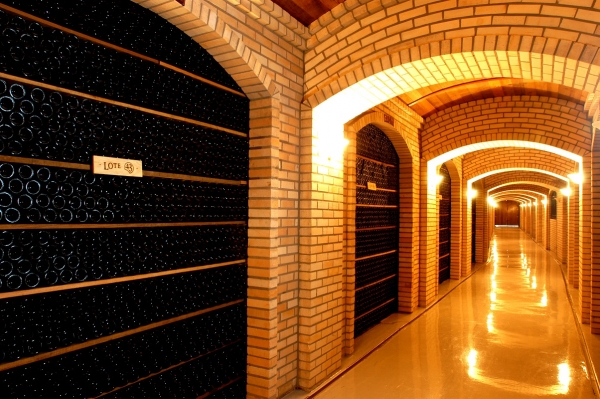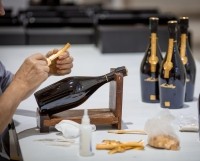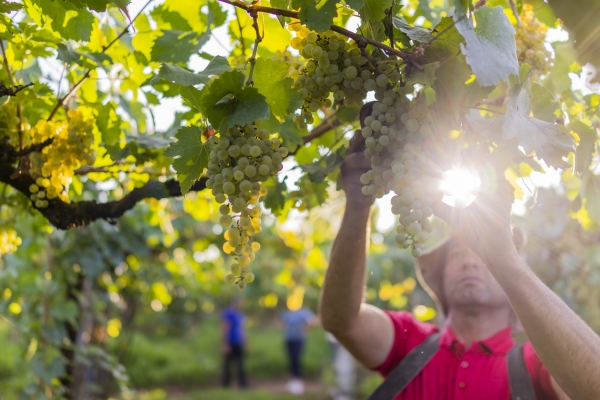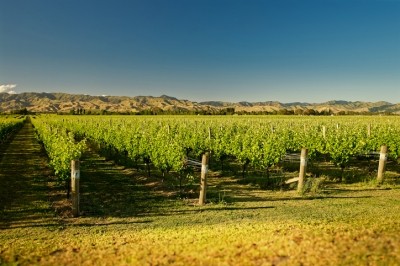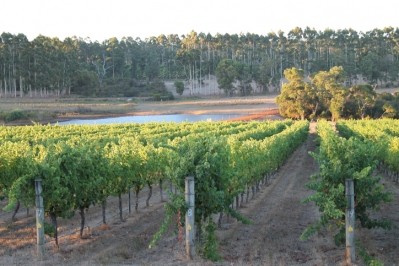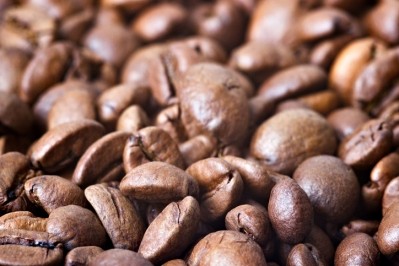Sparkling surprise: Brazil’s wine industry builds its brand on the global stage
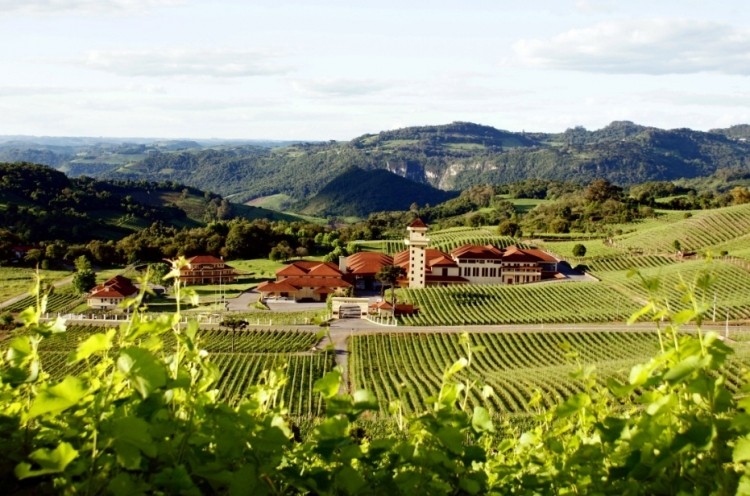
Brazil – a country whose wine history does in fact date back centuries – is already tasting success with exports of wine reaching $8.2m in 2019, growing at an average of 12.4% a year (CAGR value 2015-2019).
Sparkling wines are the country’s flagship product: playing into a market where sparkling wine is outpacing total industry growth.
From table wines to premium products
Brazil is working on increasing its presence and prominence as a major player in wine production. And it’s not just wishful thinking: it already counts itself as one of the world’s 15 largest wine producers by volume.
Go back some 40 years, and Brazil primarily produced common table wines, which were largely consumed domestically. In recent years, however, Brazilian winemakers have spotted potential to produce premium wine and - in particular - carve out a reputation for sparkling wine.
“To the average person, Brazil may not be inherently associated with wine; however, the history of the country’s vitiviniculture – such as its grape production network - dates back centuries,” Igor Brandão, head of agribusiness department at Apex-Brasil, told BeverageDaily (Apex-Brasil is the Brazilian Trade and Investment Promotion Agency, which works to promote Brazilian products abroad).
“Beginning in 1875 with the arrival of Italian immigrants, Brazil’s wine industry started gaining real traction in the 1970s, when multinationals such as Moët & Chandon and Bacardi entered the region looking to develop viticulture projects, which eventually helped to modernize the sector in the country.
“Since then, domestic production in the Brazilian wine sector has continued to grow steadily. In fact, the sector broke the record for wine consumption per capita this year (2.3l per head) and currently holds roughly 80% share of the consumer market.”
Today, the country’s main wine production area is in the south of the country, in the State of Rio Grande do Sul, which is home to six major wine regions that produce 90% of the country’s wine. Top varietals include Cabernet Sauvignon, Merlot, Pinot Noir, Chardonnay, Moscato Branco, and Glera.
Moving forward, the country believes it can leap onto the global stage thanks to the quality of the wine itself, and some dedicated efforts to promote Brazilian wine abroad.
“With market consolidation and a clear vision for the future, the Brazilian wine industry will work to position itself as a key player both in the Southern Hemisphere and around the world,” said Brandão.
“To achieve this, the country recently started implementing unique strategies that will build brand awareness for the Brazilian wine industry abroad. From incentive programs to global marketing campaigns, the goal is to both inform and energize foreign consumers about the potential of Brazilian wine and associated industry products.
"What’s more, we’re already seeing results. In 2019 alone, Brazilian exports of wine (including sparkling) reached $8.2 million, growing at an average of 12.4% per year (compound annual growth rate for value).”
Brazilian wine: the ‘surprise factor’
Brazil is taking on some mighty competitors on the same continent: let alone when looking at competitors on a global scale. So how can the country stand out?
“Brazil has a wide variety of distinctive wine production characteristics, thanks to the country’s unique climate and altitude, which help our wines stand out for consumers,” said Brandão.
“In fact, many wine aficionados note a “surprise factor” when drinking Brazilian wines, stating that the flavor and aroma of our wines are unlike other competitors both in and out of the Southern Hemisphere.
“This unique, fresh, and aromatic flavor recently helped Brazilian sparkling wine producer Casa Valduga claim first place in the international wine contest, the Vinalies Internacionales. The prize-winning wine was the iconic 130 Blanc de Blanc, and this honor marked the first time in history that a Brazilian label was awarded the title of best sparkling wine in the world.”
Sparkling success
“Brazil’s sparkling wine is, in many ways, our flagship international product,” said Brandão.
“Starting as a popular domestic commodity, Brazilian sparkling wines have since gained widespread international attention in recent years, contributing to the country’s 3,000 award wins in wine competitions around the world.
"As you can imagine, this has helped catapult Brazil’s wine industry as a whole onto the global stage, leading to total revenue growth of 12.6% in 2020 alone.
"We’re very proud of this sector – and our sparkling wines – and look forward to its continued expansion both now and in the future.”
'The best is yet to come'
From 2015-2019, Brazil has exported annually an average of $7.2m of wine in value – and 3.1 million liters in volume – around the world. Over this period, exports have grown, on average, 12.4% a year (CAGR for value).
Top markets for Brazilian wine since 2015 have been Paraguay (64% of exports) the US (9%), Colombia (6%), the UK (4%) and China (3%).
“Brazilian exports have grown at different rates depending on the market," said Brandão.
"For example, in Paraguay, exports have grown, on average, by 31.7% per year. In the US, exports have grown, on average, by 20% per year.
“As of July 2020, the largest markets for Brazilian wine (including sparkling) this year were Paraguay ($2m), the US ($985,000) and China ($337,000). Together these three regions comprise almost 80% of total Brazilian wine exports.”
The US and China are key targets for growth, with both countries consuming large amount of wine (the US is the world’s largest wine consumer). And in the US, sparkling wine is outpacing total industry growth: again boding well for Brazil's sparkling wines.
“Over the next 10 years, we will focus our efforts further on the US and China in order to truly expand our visibility around the world,” said Brandão. “With the help of Apex-Brasil, the Brazilian wine sector recently launched an exciting new project aimed at further expanding consumer engagement in these countries – called the “Wines of Brasil” – and the sector is very encouraged by early results from the initiative.
“Even with challenges posed by the COVID-19 pandemic, we’re proud that Brazilian wine exports have continued to grow in more than 40 markets, including China and US. Of course, it’s worth noting that some of this success may be due to Brazil’s exchange rate policy, which favors exports. However, it’s also evident that the growth of Brazilian wines is a testament to the sectors’ relentless focus on building global brand awareness.
"By implementing innovative communications strategies and leveraging unique marketing opportunities (such as wine competitions) – coupled, of course, with a great product – we remain confident that the best is yet to come."
